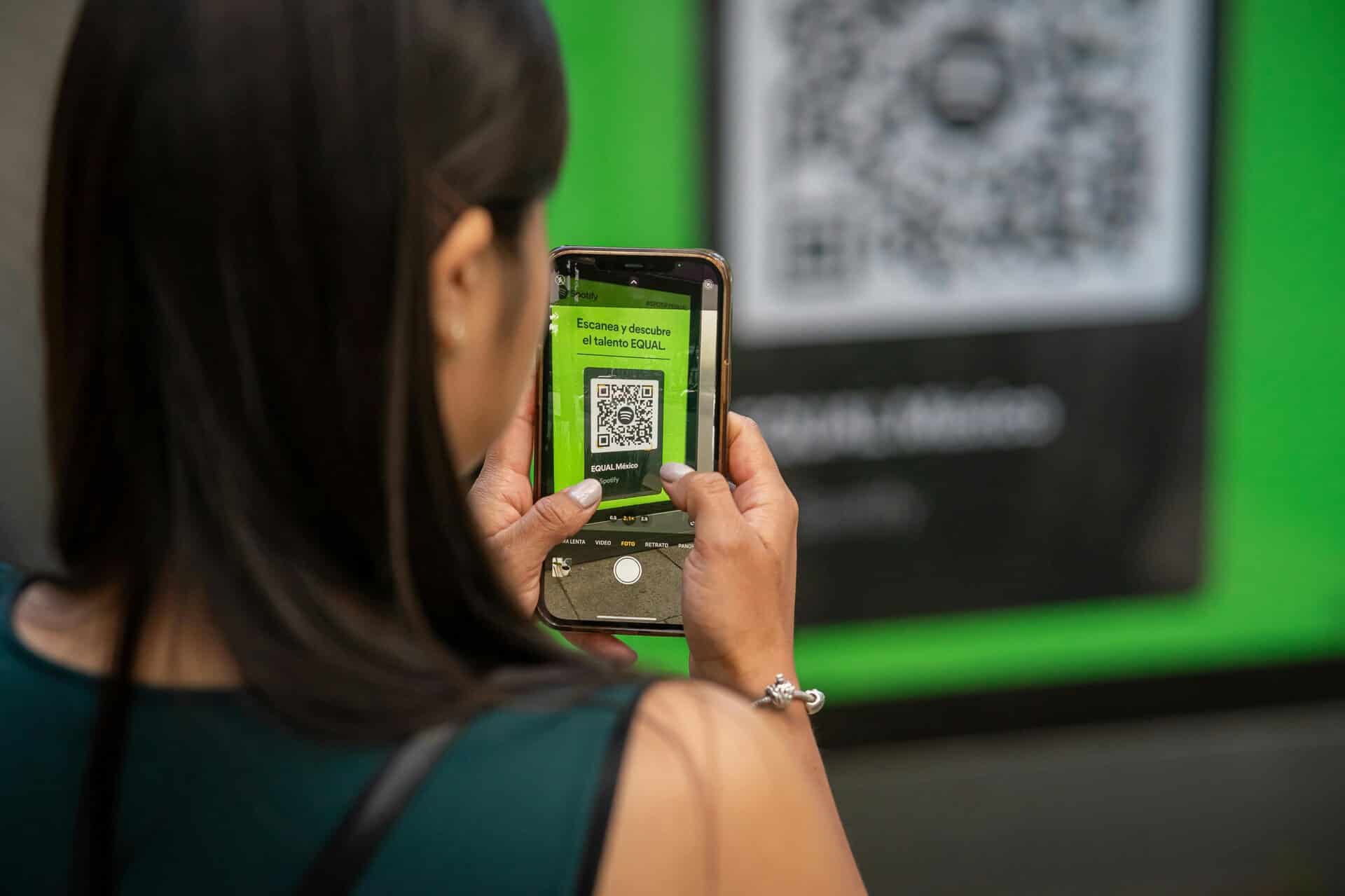Jun 17, 2024
—
Each passing year, consumer holiday shopping spend rises significantly, driven by increased demand for easy online purchases and personalized customer experiences. Taking advantage of high-conversion potential during high-traffic months like November and December will lead advertisers to invest significantly in reaching holiday shoppers.

Each passing year, consumer holiday shopping spend rises significantly, driven by increased demand for easy online purchases and personalized customer experiences. Taking advantage of high-conversion potential during high-traffic months like November and December will lead advertisers to invest significantly in reaching holiday shoppers.
Navigating the complexities of performance marketing channels is complicated enough throughout the rest of the year. Gathering data on evolving holiday shopping consumer behavior to enact strategic multi-channel campaigns using impactful ad formats will allow brands to reach high-propensity holiday audiences effortlessly in 2024. Let’s unwrap some key strategies that align with both consumer preferences and your brand’s marketing budgets.
Consumers continue to spend despite economic hardships: the National Retail Federation reported a record $964.4 billion and a 3.8% YoY increase in 2023 holiday spending (1). While this reliance is encouraging for the 2024 holiday forecast, advertisers looking to generate massive audience engagement also must keep in mind consumer weariness: as inflation rises, so must marketer awareness of exactly which audience to target and where.

Examining shifts in how users access retailers and purchase goods is essential to staying in the know on audience behavior and developing a strong digital ad strategy to match.
E-commerce continues to dominate consumer spending—in fact, 20.1% of 2024 retail purchases are expected to take place online. With global ecommerce growth expected to hit $6.3 trillion in 2024, a breakdown of how and where online purchases are made is key to creating an effective multi-channel strategy.
Mobile purchasing is increasingly popular—it’s even beginning to surpass laptop and tablet purchases. In 2023, over the five-day Black Friday to Cyber Monday weekend, more than half of online purchases were made on a mobile phone (2). Ensuring ads reach mobile audiences and are mobile-friendly is a major holiday season strategy for brands with a high volume of cell phone users.
With a vast array of users finding their prime source of holiday gift inspiration on social media, apps like Instagram and TikTok are becoming their own marketplaces. A survey Shopify conducted with Gallup found that 33% of consumers said they are likely to shop directly from Instagram, while 31% said they would shop from Facebook and 28% from TikTok (3). With formats like Social Boost, advertisers can double their efforts by using existing social creatives to scale display ads across the open web.
Ad placements in the middle of a social media feed are accessible and hard to ignore for users and convenient and highly visible for marketers. With multi-frame formats like shoppable carousels, brands can boost their creative space to showcase key offerings and products. These ads live natively within the naturally engaging social environment. Reaching audiences actively seeking gift ideas and constantly engaging with social media applications is key this holiday season.
Consumers use a number of diverse platforms to find their next great holiday gift, so leveraging a multi-channel approach is crucial for reaching shoppers often and effectively in today’s wide-reaching shopping landscape.
When it comes to holiday ads, knowing where users consume media and stacking that range of devices with the right performance creative is crucial to capitalizing on higher-traffic holiday months.

Aside from being overwhelmingly online, holiday shopping is more and more a multi-channel experience for consumers. Maybe a user starts on their smartphone, browsing for gift ideas during their commute or lunch break. Later, they might switch to a tablet or laptop at home to compare prices and read reviews more comfortably. Perhaps the next day, they go in-store to make their final purchase. In a multi-channel journey, customers move freely through channels (online, mobile devices, and physical stores) within a single transaction.
As multi-channel shopping increases in prevalence, consumers expect a smooth experience across devices and physical stores—meaning marketers need to empower a full-funnel marketing strategy that seamlessly reaches every step of the user journey. Pinpointing creative to use at channel touchpoint is key to keeping shoppers brand-aware: maybe the awareness phase is triggered on CTV, consideration phase played out with display ads, and then conversion occurs through social channels.
However the target audience behaves, driving consistent engagement with creative throughout the multi-channel shopping journey will boost brand recognition, enhance engagement, and increase the likelihood of conversion.
The adoption of a multi-channel shopping approach may be a reaction to increasing inflation for some: 84% of consumers now research online before visiting a store, primarily to locate the best deals and learn more about a product. 89% of these consumers are transforming their shopping behaviors due to an increase in cost of living (4). With consumers focusing on the best possible return for their investment, advertisers must do the same. Embracing the multi-channel shopping reality will contribute to a maximal outcome for holiday ad spend.
During the holiday season, innovative targeting methods are crucial for reaching the right consumer in the right mindset. Explore the best audience targeting methods to maximize your 2024 holiday shopping strategy potential.
Placing advertisements on relevant content is a tried and true strategy in meeting target audiences where they are. Adopting contextual targeting in CTV, for example, will allow you to run ads based on the content your audience is most engaged with—driving better results by using data from streaming platforms to align ads with viewer preferences in real time.
Where retailers offer advertising opportunities to brands and businesses within their digital platforms, marketers can leverage high-traffic holiday months to deliver their message to the right audience. This allows brands to reach consumers at crucial touch points along their shopping journey, such as when they are actively researching products or making critical purchase decisions.
Using retail media helps advertisers customize their messages more effectively based on shopper data and behavior, ultimately driving higher engagement and conversion rates. This strategy is particularly powerful when holiday shopping consumer behavior increases across online channels.

Data is vital when it comes to understanding your audience and leveraging consumer analytics, and it will be more imperative than ever for a holiday ad strategy that targets consumers accurately. Here are a few key components to keep in mind:
Reach consumers during the holidays with effective sequential OTT targeting. By strategically timing and placing relevant ads across over-the-top (OTT) platforms, retailers can guide potential consumers through the purchasing journey, reinforcing brand messaging and enhancing customer recall.
Sequential messaging campaigns that unfold seamlessly across multiple screens will adjust depending on factors like buyer’s journey stage and device type to target audiences with the most relevant messaging. Aligning so closely with consumer intent will maximize ad ROI and skyrocket conversion rates this holiday season.
In the holiday hustle and bustle, consumers are sure to encounter a deluge of digital advertising. Capture consumer attention with personalized, impactful creative units that connect with shoppers at crucial decision points.

Incorporating shoppable creative ad formats into your holiday marketing strategy levels up consumer convenience and conversion urgency. These ad formats are designed to capture attention quickly and drive purchases with the click of a button.
Consider the following shoppable creative formats to enhance your digital campaigns:
Automatic customization of ad creative allows you to seamlessly reach and engage shoppers who have previously interacted with your brand. Dynamic Creative Optimization (DCO) tailors brand messaging and visuals based on a shopper’s unique browsing history—enabling effortless personalized outreach that resonates with consumers, encouraging them to re-engage and convert.
During high-traffic holiday shopping months, incorporating DCO into your retargeting strategy ensures that your ads remain relevant and re-capture consumer attention in such a critical season for digital marketing.
Uncovering indispensable performance data to drive engagement is key to your 2024 holiday season ad strategy. Tap into a variety of methods to measure how effective your campaigns are, and how to improve them in real-time to better reach your target audience.
To understand the impact of multi-channel marketing efforts, brands must measure performance across multiple platforms. Cross-platform measurement provides valuable insights into consumer engagement and the effectiveness of advertising strategies from one channel to another.
For example, a converged TV strategy will allow brands to seek insights into performance on traditional TV and digital channels like streaming devices to gain a better view of cross-channel audience behavior—and arm them with the right data to build a more robust TV marketing strategy overall.
Gaining a holistic view of consumer interactions empowers performance marketers to make data-driven decisions and increase conversions when it matters most. In a high-volume ad season like the holidays, gathering and interpreting key consumer data is of unparalleled importance to building—and improving upon—ads that convert.
Full-funnel attribution provides valuable insights into which touch points in ad campaigns are driving engagement and conversions. By analyzing the customer journey closely, brands gain a clearer picture of how each marketing channel contributes to the overall customer acquisition process.
This data will allow brands to make better-informed decisions about where to allocate resources—ultimately empowering them to deliver the best ROI at the most efficient spend possible.
Analyzing which creatives garner the highest engagement and determining which unit drove the highest marketing performance allows advertisers to refine their strategies meticulously.
By delving into granular performance data, marketers can identify and optimize toward winning creatives.

The 2024 holiday shopping season presents a prime opportunity for performance marketers to capitalize on increased consumer spending and high traffic volume online. Leveraging a deeper understanding of evolving consumer behavior, using innovative targeting methods, and investing in diverse ad formats are all methods for ensuring your brand’s campaigns capture attention in the crowded holiday landscape to drive end-of-year conversions.
Get started strategizing holidays 2024 with an expert performance market partner today.
Related Posts

In Part 1 of our Intro to Incrementality series, we covered the fundamentals-measuring incremental lift by comparing test (exposed).

In Part 1 of our Intro to Incrementality series, we covered the basics of how incrementality analysis helps marketers.

The State of Digital CPG Advertising Digital marketing is transforming how Consumer Packaged Goods (CPG) brands bond with their.